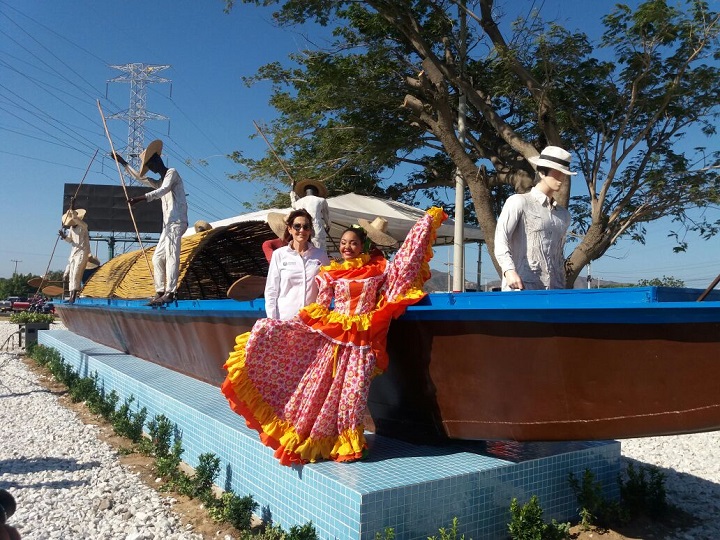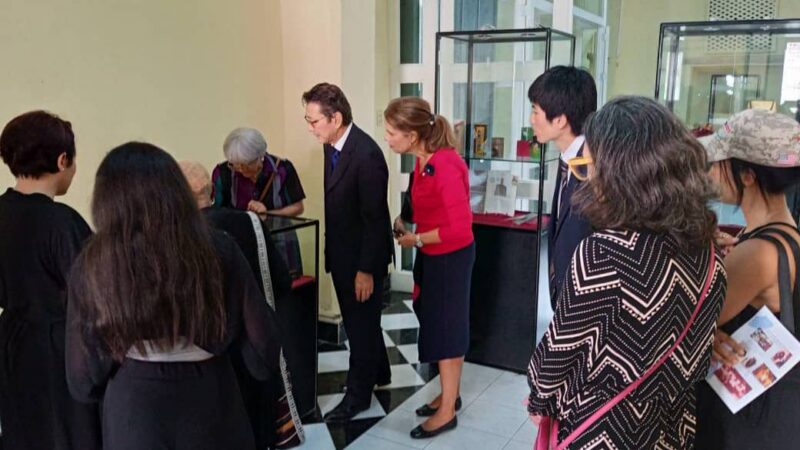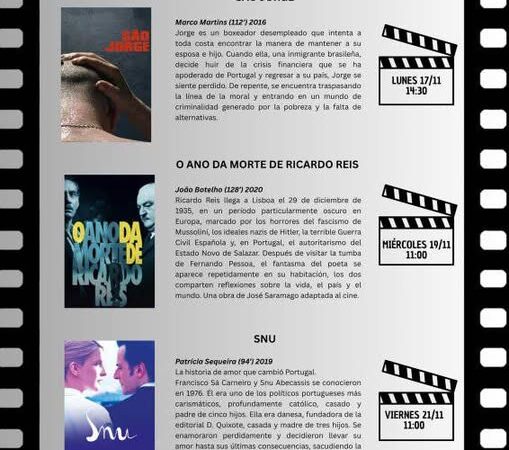The boat that sails on musical notes

There are legends that transcend time, and the time comes when they are repeated by word of mouth or heard as songs, without us knowing that they have their origins in real events.
Such is the case of the much-loved cumbia La piragua (the canoe), written by José Benito Barros and published in 1969, but which its author had been thinking about since he was eight years old.
The song is actually based on very real events, although, like all works of art, it has a touch of fantasy filled with magic and mystery.
It turns out that the character of Guillermo Cubillos did exist; he was a merchant who stood out for his elegance when the young Barros saw him in the boat he used for his business, sailing along the Cesar River, which rises in the mountains of the Sierra Nevada de Santa Marta and crosses the department that gives it its name to disappear in the Ciénaga de Zapatosa.
Benito Barros and two friends, eight or nine years old like him, used to go swimming in the river, and when Cubillos’ canoe arrived, they would get in to pick bananas and yucca from the cargo it was carrying.
As for the «fearsome Pedro Albundia», who is also mentioned in the song, fantasy comes into play. According to the author, «he needed an assonant surname to make a verse», so he invented it.
According to the story, the «bogas», or rowers, were not twelve but eight, although their skin seems to have been «majagua-colored».
As a teenager, Barros had the opportunity to talk to Cubillos on several occasions and learn about his story, and it was from these conversations that the inspiration came, as well as the feeling that it was his duty to give his hometown a song of its own.
In 1967, Barros completed the piece that had haunted him for so long. In the same year, a record company asked him for a cumbia and he delivered La piragua, which was rejected at the time as «too poetic».
Finally, in 1969, the cumbia was recorded for the first time by the vallenato trio Los Inseparables, in a version that did not please its composer, who imagined it played on the instruments of a large orchestra. However, as we all know, it was a great success.

José Benito Barros Palomino, a prolific Colombian composer of traditional music, has more than 800 works in his repertoire. In addition to La piragua, many of them enjoy worldwide popularity.
Benito was born on March 21, 1915, in El Banco, a village on the banks of the Cesar River, near its confluence with the Magdalena River, in the municipality of the same name. When his father died, he became the family’s breadwinner and had to leave school in the fourth grade. He did various odd jobs, but also sang for the rich in the city’s central park.
Gradually and on his own, he learnt to play the guitar and compose his own songs, writing his first at the age of 12. He died on May 12, 2007 in Santa Marta.
Guillermo Cubillos Rocha was born on February 8, 1863 in the town of Usaquén, which is now part of the capital city of Bogotá. Everything seems to indicate that he had an adventurous spirit, as he lived in several towns before settling in Chimichagua. There he began his business of transporting goods between Chimichagua and El Banco, where a cumbia festival is currently held in his honor.
It is known that the canoe was named after the owner’s two daughters, Julia and Elena. And what was the fate of the canoe after, as the song goes, it was left to doze on the sand? We have not been able to find any information about this, so it is possible that it was stranded on the sand of some forgotten coast, or perhaps it is still sailing, who knows where?
Here are the lyrics.
My grandparents told me that once upon a time,
there was a canoe on the Cesar River,
that went from El Banco, the old port,
to the beaches of love in Chimichagua.
Whipped by the storm, the canoe trembled
and impassively braved the storm;
an army of stars followed her
to shower her with light and legend.
It was the canoe of Guillermo Cubillos,
it was the canoe, it was the canoe.
At night twelve majagua-colored skin rowers,
accompanied by the fearsome Pedro Albundia,
tore out a melodious roar of beautiful cumbia from their oars.
Twelve shadows, now old men, no longer row,
no longer does the wood creak in the water,
only memories remain on the sand
where the canoe lies dozing.
It was the canoe of Guillermo Cubillos,
it was the canoe, it was the canoe.



